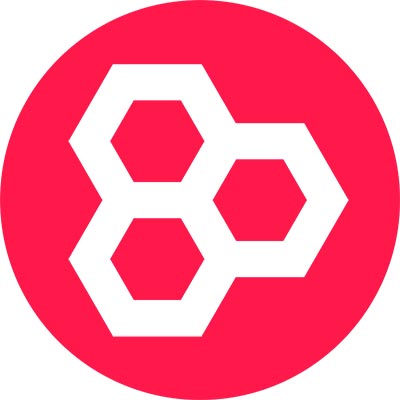Regenerative Medicine in Society

This digital resource accompanies the publication of the double special issue ‘Regenerative Medicine in Society – Interdisciplinary Perspectives’ in the journal Regenerative Medicine (Part 1 and Part 2). It contains free-to-access summaries (and downloadable PDFs) of each of the articles written by leading international academics. Our aspiration is that this material will be read, discussed and ultimately used by policymakers, regulators, funders, healthcare leaders, people affected by conditions, professionals and the wider public to inform their decisions regarding the future of Regenerative Medicine.
Stem cell and regenerative medicine research has given rise to novel therapeutic strategies that have created new hopes and possibilities for patients. But developments in regenerative medicine have also generated public controversies, about patient autonomy and the right to try unproven medical interventions, about the commercial use of human cells and body tissues, about the ethical limits in medical advertising and the scope of governments to regulate the medical sector, to name just a few.
In order to address these issues, research councils and other funding bodies around the globe have financed a growing number of inter-disciplinary research projects that have examined the social, ethical, regulatory, economic and political aspects of the regenerative medicine field, and the implications of these features for patients and health care systems. This emerging body of research has played a critical role in informing funders, regulators, patient organizations, health policy experts as well as physicians, clinical researchers, scientists and biomedical companies.
This digital resource is the accompaniment to the double special issue ‘Regenerative Medicine in Society - Interdisciplinary Perspectives’ that was published in the journal Regenerative Medicine (Part 1 and Part 2). It brings together contributions from leading inter-disciplinary researchers who present findings on a wide variety of aspects of regenerative medicine innovation. The resource forms a platform to reach out to a wide-range of people who play critical roles in the future development of the Regenerative Medicine field - policymakers, regulators, healthcare leaders, people affected by conditions, their carers, patient organizations, physicians, healthcare professionals, clinical researchers and staff as well as scholars from other fields and interested members of the public.
The contributions in this resource highlight the key points of each of the 27 articles published in the special issue. They present insights from various areas of regenerative medicine and from numerous countries and world regions, including Australia, Canada, China, the European Union, Germany, France, India, Japan, Mexico, South Korea, Taiwan, the UK and the USA.
It can sometimes be difficult for people outside academia to access scientific and medical research due to the need for journal subscriptions unless the articles are published open access. Moreover, academic articles are often written for experts and specialists, in a way that can be tedious for non-specialists and professionals from other fields. In order to circumvent these problems, the journal editors and the guest editors of this digital gateway decided to provide concise and accessible summaries of each article, in collaboration with the original authors. As a result, the key insights of each article are now freely available to all, in a clear, accessible and engaging language.
Acknowledgments:
We, the editors and guest editors, (Adam Price-Evans, Regenerative Medicine; Achim Rosemann, University of Warwick; Jan Barfoot, University of Edinburgh; Clare Blackburn, University of Edinburgh) would like to express our sincere thanks to:
- the science writer, Ryan Lewis (Scide Light) who worked on these summaries,
- Anna Couturier (EuroStemCell, Universty of Edinburgh) who worked with web developers Hydrant to build the resource
- Siddharth Kankaria, MSc student at the University of Edinburgh and,
- all the authors from the special issue who gave their permission for their work to be adapted in this way.
We welcome any comments or responses to this initiative - reach us via the EuroStemCell contact form via facebook or twitter or through direct email to the editors.
The work on this Special Focus Issue has benefitted from research support provided by the ERC (283219), the ESRC (ES/I018107/1) and the Wellcome Trust (204799/Z/16/Z). EuroStemCell receives funding from the European Union’s Horizon 2020 research and innovation programme under grant agreement No 652796. It has previously been funded under the European Union’s Framework 6 and Framework 7 funding streams under grant agreements 503005 and 241878 respectively.
Adam Price-Evans is an employee of Future Science Ltd, publisher of Regenerative Medicine. He has no other relevant affiliations or financial involvement with any organization or entity with a financial interest in or financial conflict with the subject matter or materials discussed in the work apart from those disclosed.
 The web development of the digital version was funded by ThymiStem, a project of the European Union’s Seventh Programme for research, technological development and demonstration under grant agreement No [602587].
The web development of the digital version was funded by ThymiStem, a project of the European Union’s Seventh Programme for research, technological development and demonstration under grant agreement No [602587].